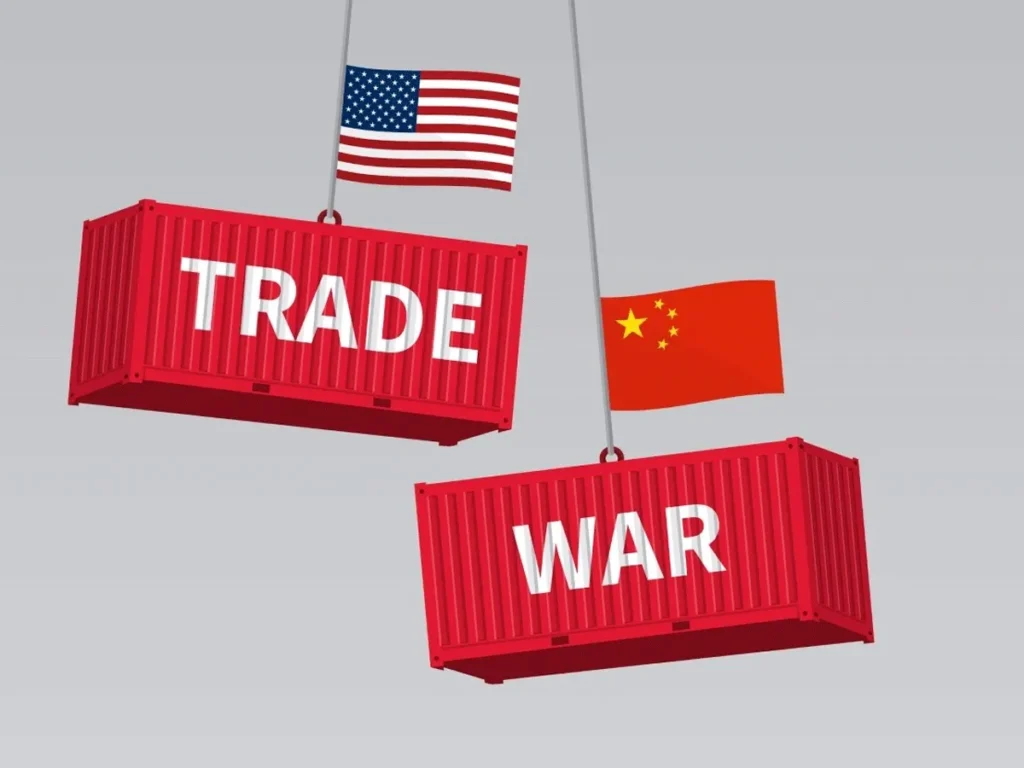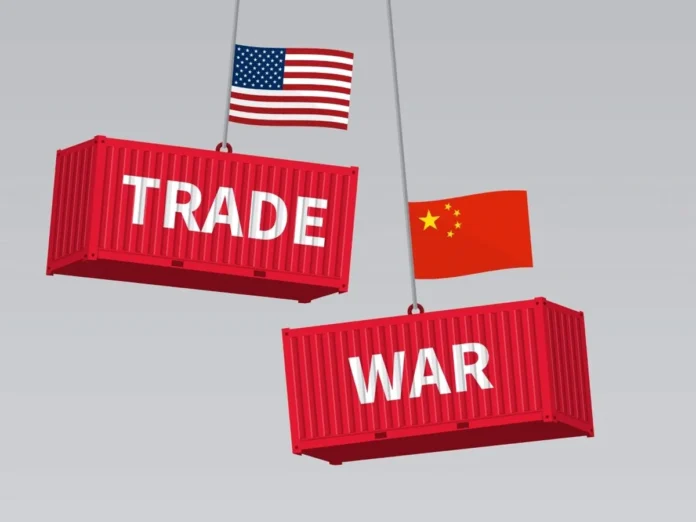The U.S.-China trade relationship has experienced tremendous growth over the past few decades, becoming one of the most crucial economic partnerships in the world. China stands as one of the largest export markets for U.S. goods and services, while the U.S. is China’s top export destination. This relationship has brought significant benefits to both nations, including lower prices for American consumers and higher profits for U.S. corporations. However, it has also introduced serious challenges, from job losses in America to concerns over national security and intellectual property theft.
The Growth of U.S.-China Trade
Trade between the U.S. and China was virtually nonexistent for the first 30 years after the founding of the People’s Republic of China in 1949. However, after economic reforms in the late 1970s under Deng Xiaoping’s leadership, China began opening up to international trade. In 1979, the U.S. and China normalized relations, setting the stage for a surge in economic activity.
China’s entry into the World Trade Organization (WTO) in 2001 further accelerated this growth. This move ensured “permanent normal trade relations” and boosted confidence for U.S. companies to produce goods in China and export them back to the U.S. Trade between the two countries soared, with the value of U.S. imports from China increasing from $100 billion in 2001 to more than $400 billion by 2023.

Benefits of U.S.-China Trade
U.S. consumers have benefited significantly from this trade relationship, enjoying lower prices on a wide range of goods. A 2019 study by economists Xavier Jaravel and Erick Sager found that trade with China increased the purchasing power of the average U.S. household by $1,500 annually between 2000 and 2007. Additionally, China is now the third-largest export market for U.S. goods, supporting over a million American jobs.
American companies have also reaped substantial profits from their operations in China. The revenue generated from sales in China has allowed many U.S. firms to reinvest in their domestic operations. Moreover, Chinese companies have invested tens of billions of dollars in the U.S. economy, although this investment has recently declined due to rising political tensions.
For China, the benefits have been even more transformative. The country’s economy has grown more than five-fold since joining the WTO, lifting hundreds of millions of people out of poverty and making China the world’s second-largest economy.
Challenges of U.S.-China Trade
While the benefits are undeniable, the U.S.-China trade relationship has also brought significant challenges.
- Job Losses in Manufacturing: Increased competition from Chinese imports has led to the loss of millions of U.S. manufacturing jobs. Research by economists David Autor, David Dorn, and Gordon Hanson highlighted the profound impact of the so-called “China Shock,” which hit U.S. manufacturing hard due to China’s vast low-wage workforce and rapid growth in exports.
- National Security Concerns: U.S. policymakers have grown increasingly concerned about China’s efforts to acquire sensitive U.S. technology, which could strengthen China’s military. Accusations of forced technology transfer and intellectual property theft have become central to the trade conflict. Additionally, China’s growing influence in strategic industries, such as 5G networks and green technologies, has raised alarm over potential risks to U.S. national security.
- State-Led Development and Subsidies: China’s government has funneled subsidies into key industries, fostering “national champion” companies that can outcompete foreign businesses. The U.S. argues that this practice undermines free-market competition and allows state-owned enterprises to dominate global markets.
- Currency Manipulation: Many economists claim that China kept the value of its currency, the renminbi, artificially low after joining the WTO, contributing to the U.S. trade deficit by making Chinese goods cheaper and U.S. products more expensive in international markets.
- Labor and Human Rights Violations: Reports of forced labor in Xinjiang and China’s repression of Uyghur Muslims have led to renewed criticism of China’s labor practices. U.S. labor groups have long decried the poor working conditions in Chinese factories, which they argue incentivize a global “race to the bottom” in worker protections.
The Future of U.S.-China Trade
The future of U.S.-China trade remains uncertain as tensions between the two countries show little sign of easing. U.S. tariffs on Chinese goods and export controls are likely to remain in place for the foreseeable future. Meanwhile, China has criticized these measures as economic “bullying,” and the trade dispute continues to escalate.
With both countries increasingly focused on industrial policy and economic security, the global trade landscape could undergo significant shifts in the coming years. The rise of China and the lessons learned from the COVID-19 pandemic have renewed interest in strengthening domestic industries and securing supply chains.
As the world’s two largest economies continue to grapple with the challenges and opportunities of their trade relationship, the outcome will shape the future of global trade for years to come.
